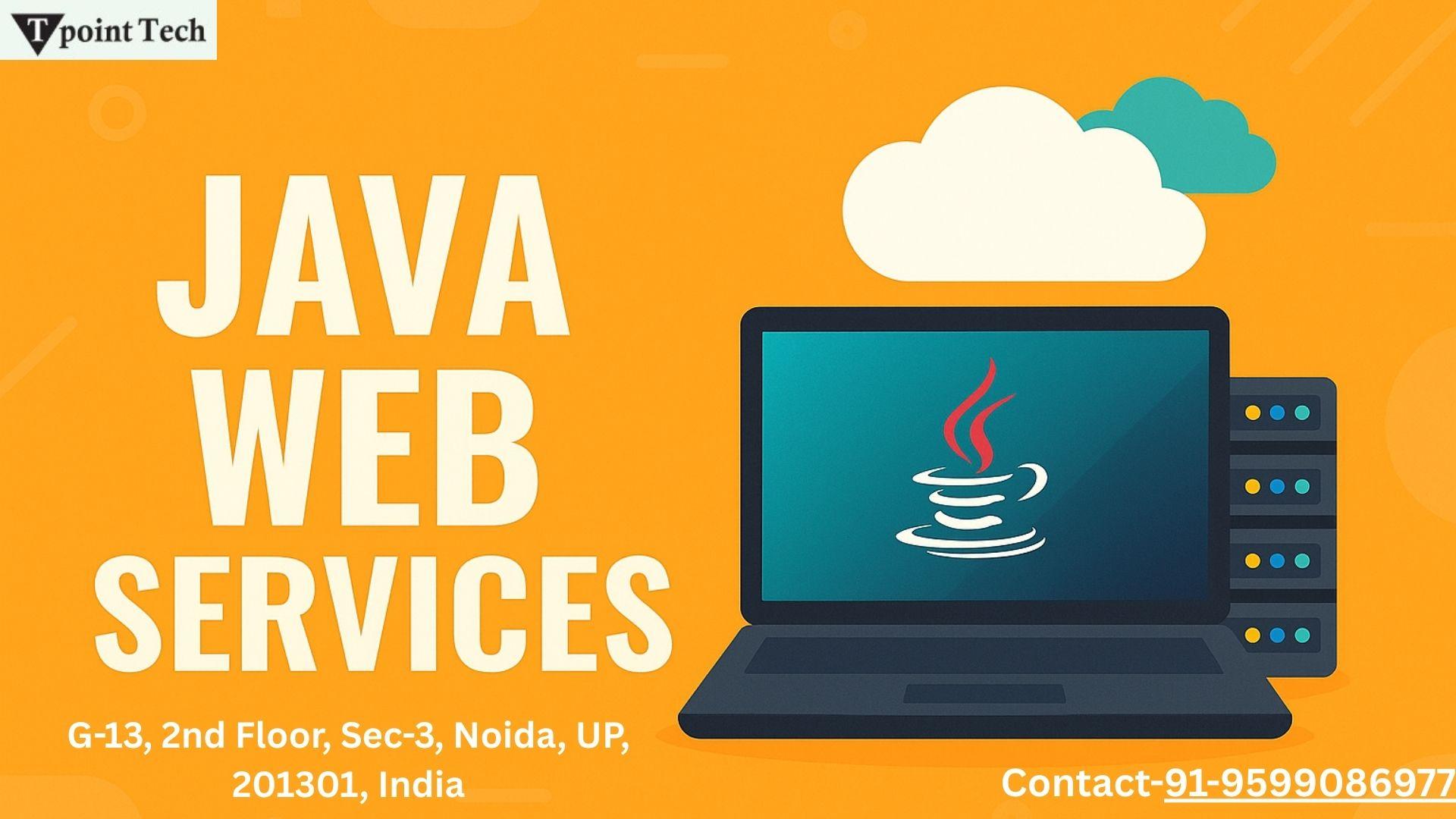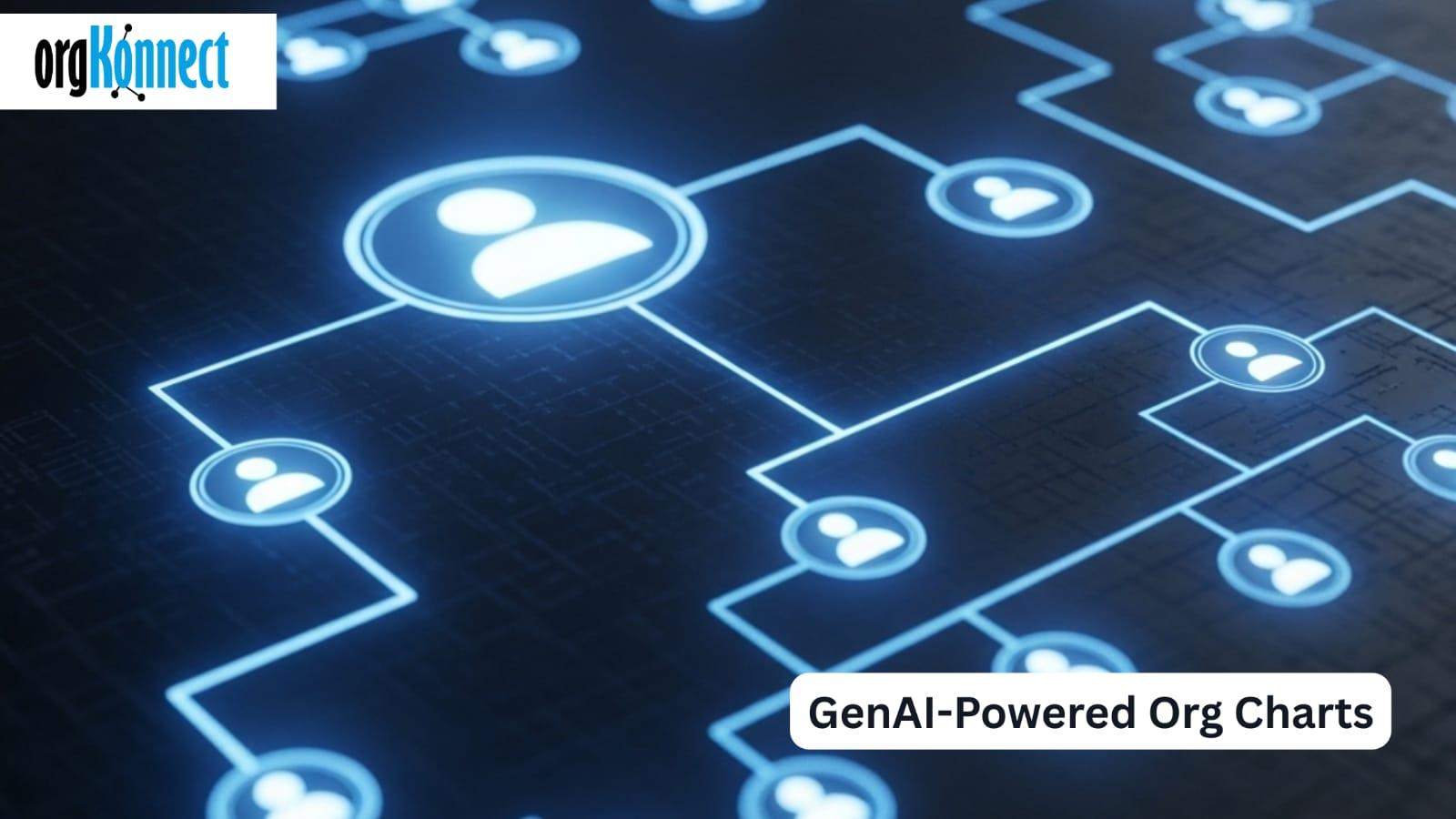Quick Start Guide to Java Web Services

Java Web Services enable applications to communicate over the internet, exchanging data between different platforms and technologies. They are essential for building modern web and mobile applications that require seamless integration. There are two main types of web services in Java: SOAP (Simple Object Access Protocol) and REST (Representational State Transfer). SOAP is XML-based and ideal for enterprise-level applications requiring strict standards and security, while REST is lightweight, faster, and uses standard HTTP methods for CRUD operations.
To get started, you need to set up a Java development environment with JDK and an IDE like Eclipse or IntelliJ IDEA. For SOAP services, you can use JAX-WS, and for RESTful APIs, frameworks like Spring Boot simplify development. Start by creating a service endpoint, defining methods, and deploying it on a server such as Tomcat. Once deployed, clients can consume your service using WSDL for SOAP or HTTP endpoints for REST.
Mastering Java Web Services helps developers build scalable, secure, and interoperable applications, making it a must-learn skill for backend and full-stack developers. Start small, experiment with examples, and gradually advance to complex integrations to become proficient.






